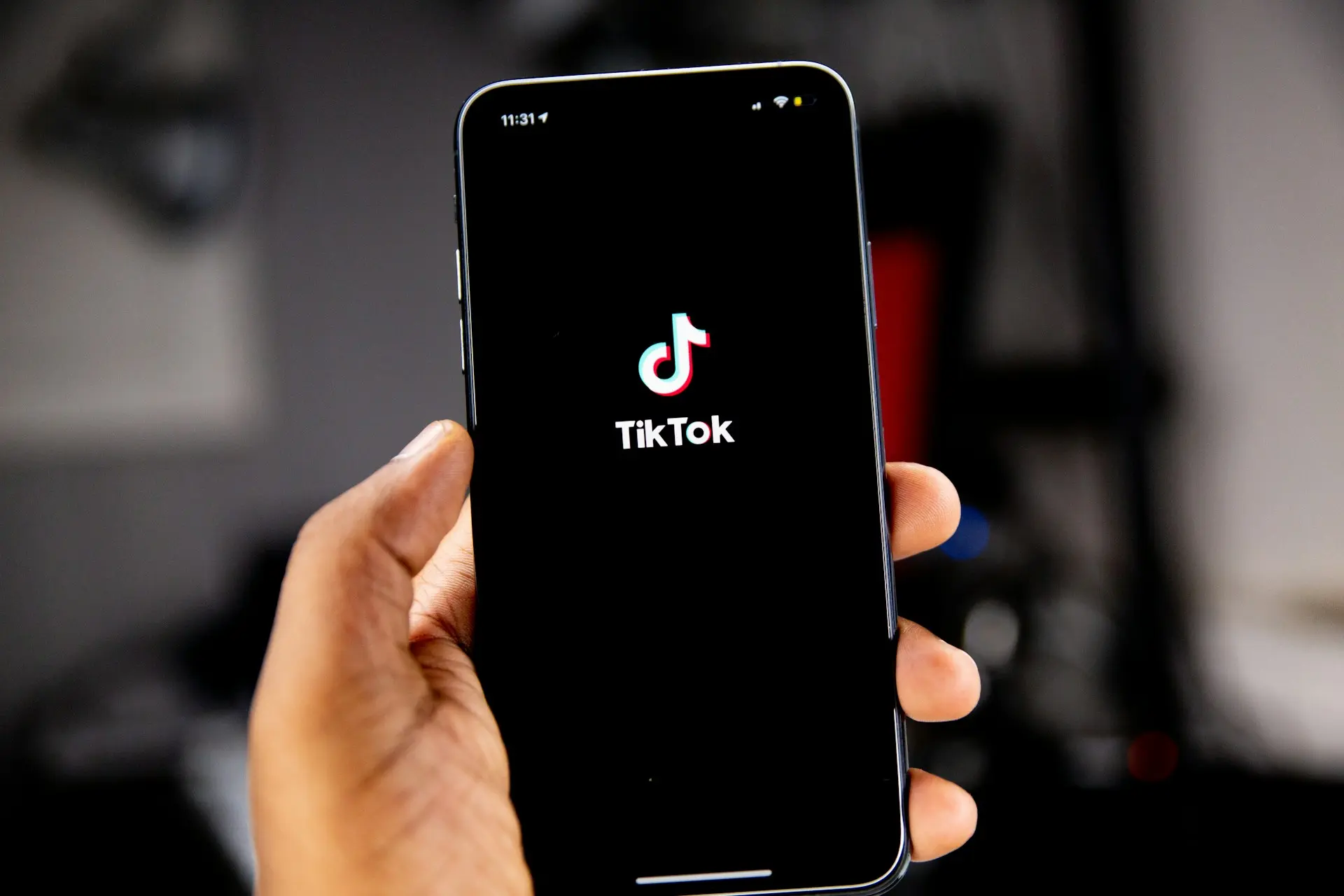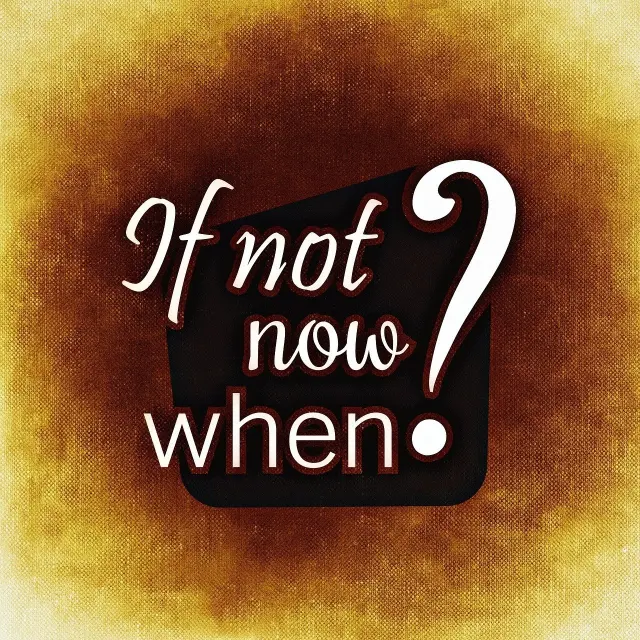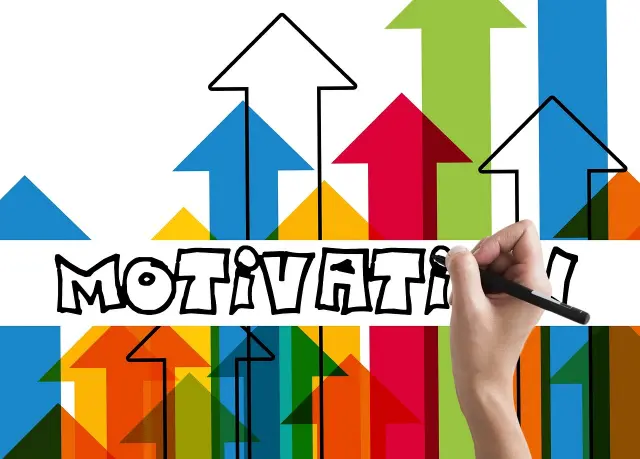TikTok túlhasználat, TikTok függőség? – Hogyan kezeljük gyermekeink TikTok túlhasználatát? – Coaching módszerekkel a digitális jólétért
A TikTok népszerűsége robbanásszerűen nőtt az elmúlt években, különösen a fiatalabb generációk körében. Míg a videómegosztó alkalmazás rengeteg szórakozási lehetőséget és kreatív kifejezési módot kínál, a túlzott használata mentális és fizikai egészségügyi kockázatokat is rejt magában. Szülőként aggódhatnak, hogy gyermekeik hogyan tudják egyensúlyban tartani a TikTok használatát és más fontos tevékenységeket.
Mi a TikTok pontosan?
A TikTok egy népszerű videómegosztó alkalmazás és közösségi média platform, melyet főként rövid, kreatív videók készítésére és megosztására használnak. Néhány fő jellemzője:
- Rövid videók: A legtöbb videó csupán 15-60 másodperces. Ez lehetőséget ad kreatív, tömör tartalmak készítésére.
- Szinkronizált zenék/hangok: Felhasználók saját videóikat szinkronizálhatják népszerű zeneszámokkal vagy hangeffektekkel.
- Szűrők/effektek: Rengeteg kreatív szűrő, AR-effekt, lencsék állnak rendelkezésre a videók feldíszítésére.
- Közösség: A TikTok egy hatalmas közösségi platformot épített ki, ahol videók milliói forognak közzé és követhetők népszerű trendek, hashtagek mentén.
- Algoritmus: A platform egyedi algoritmusa kiemeli a népszerű, felkapott tartalmakat minden felhasználó számára.
A TikTok kimondottan a fiatal generációk körében vált rendkívül népszerűvé a humoros, szórakoztató, kreatív rövid videói miatt. Egyben lehetőséget ad az influencer marketingre és üzleti lehetőségekre is.
A digitális világ rohamos fejlődésével a szülők új kihívásokkal szembesülnek. Hogyan biztosíthatják gyermekeik egészséges fejlődését az online térben, különösen az olyan népszerű platformok esetében, mint a TikTok? A közösségi média túlzott használata komoly kockázatokat rejt magában, többek között a függőség kialakulását, a figyelemzavarokat, vagy akár az önbizalom csökkenését.
A TikTok túlhasználatának veszélyei
A TikTok okos algoritmusai vonzó és lenyűgöző videókat javasolnak folyamatosan a felhasználóknak. Ez a „végtelen cukor folyam” hatás könnyen függőséget okozhat, különösen a fejlődő agyú gyermekek és tinédzserek körében. A túlzott TikTok használat számos negatív következménnyel járhat:
- Koncentrációs nehézségek: A rövid videók állandó pörgése ronthatja a figyelemösszpontosítási képességet és a kitartást.
- Alvászavarok: A képernyő kék fénye megzavarhatja a cirkadián ritmust, megnehezítve a pihentető alvást.
- Szociális izoláció: A virtuális kapcsolatok helyettesíthetik a valódi emberi interakciókat.
- Alacsony önértékelés: Az idealizált tartalmak és szépségsztenderdek rombolhatják az önképet.
- Cyberbullying: A goromba megjegyzések és zaklatás mentális problémákhoz vezethetnek.
Mire érdemes gyerekeknél figyelni a TikTok függőség kialakulásának megelőzéséhez?
Hogy előzhető meg a TikTok függőség vagy a TikTok túlhasználat?
A TikTok-függőség kialakulásának megelőzése érdekében gyerekeknél érdemes odafigyelni az alábbiakra:
- Időkorlát beállítása Állítsunk be napi/heti időkorlátot a TikTok használatára a gyermek korának megfelelően. Ez segít a túlzott használat elkerülésében.
- Kikapcsolási idő Határozzunk meg „offline időszakokat”, amikor tilos a TikTok használata, pl. étkezések, házi feladatok, tanulás ideje alatt.
- Tartalomszűrés Használjuk a TikTok beépített családi beállításait a nemkívánatos tartalmak ezáltal a TikTok veszélyeinek csökkentésére, kiszűrésére.
- Communication Beszélgessünk nyíltan a gyermekekkel a TikTok előnyeiről és kockázatairól, hogy tudatosabban használják.
- Alternatívák Biztassuk őket más szabadidős tevékenységekre is, mint sport, olvasás, kézműveskedés, hogy ne csak a TikTokra összpontosítsanak.
- Modellkövetés Saját TikTok-használatunkkal is jó példát kell mutatnunk a mértékletes alkalmazásra.
- Figyelemfelhívás Figyeljük a függőség, digitális függőség jeleit, mint állandó TikTokozás, elszigetelődés, teljesítményromlás, és lépjünk fel szükség esetén.
A folyamatos odafigyelés, szabályozás és pozitív ösztönzés kulcsfontosságú a TikTok egészséges, kiegyensúlyozott használatának kialakításában gyermekeknél.
Coaching módszer a digitális egyensúly megtalálásához
* coaching hatékony eszköz lehet a TikTok veszélyei és a TikTok túlhasználat kezelésére, mivel segít tudatosabban szemlélni a viselkedési mintákat és céltudatosan változtatni rajtuk. A coach személyre szabott megközelítést alkalmaz, megértve az egyéni motivációkat és kihívásokat a túlzott TikTok használat mögött. A folyamat az alábbi lépésekből áll:
1. Célok kitűzése
A célkitűzés fontos része a coaching folyamatnak. A coach együttműködésben a szülőkkel és a gyermekkel reális, rövid és hosszú távú célokat tűz ki, például a TikTok használat csökkentését vagy új hobbi keresését. A célok megfogalmazásával a gyermek aktív részese lesz a változás folyamatának.
2. Alternatívák kínálata
* coach segít olyan értékes alternatívákat találni, amelyek helyettesítik a TikTokra fordított időt. Ez lehet sport, művészet, zene vagy akár önkéntes munka – bármi, ami segíti a gyermeket kiegyensúlyozottabbá válni.
3. Kommunikációs készségek fejlesztése
* coaching process során a gyermek megtanulja kifejezni érzéseit, igényeit és aggályait a szülőkkel és barátaival szemben. Erős kommunikációs készségekkel jobban képes lesz kezelni a közösségi média által támasztott nyomást és elvárásokat.
4. Folyamatos támogatás és értékelés
A változás nem történik egyik napról a másikra. A coach folyamatos támogatást nyújt, rendszeres értékelésekkel egybekötve, amelyek során felülvizsgálják a célok elérését és szükség esetén módosítanak a stratégián.
A coaching módszerrel a szülők hatékonyan kezelhetik a TikTok túlhasználatából eredő kihívásokat, és támogathatják gyermekeiket abban, hogy tudatos, felelősségteljes online jelenlétet alakítsanak ki. Az útmutatás személyre szabott, a gyermek és a család egyedi igényeihez igazított.
5. Őszinte párbeszéd és tudatosság növelése
A coaching egyik kulcseleme a nyitott és nem ítélkező beszélgetés a gyermekkel a TikTok használati szokásairól. A coach rákérdez, mi vonzza őt annyira a platformhoz, és milyen előnyöket és hátrányokat lát. Ez segít tudatosítani a viselkedést és elköteleződni a változtatás mellett.
6. Gátló tényezők feltérképezése
A coach segít feltérképezni, hogy mi vezet a túlzott TikTok használathoz – például unalom, szorongás vagy külső nyomás. A kiváltó okok ismerete hozzásegít a megfelelő stratégiák kialakításához.
7. Alkalmazások és eszközök
A coach javasolhatja az okoseszközök beépített funkcióinak kihasználását, mint a „Heti jelentés” vagy az „Összidőkorlát” a TikTok alkalmazásban. Más appok, például a Freedom vagy a Forest, szintén segíthetnek korlátok állításában.
8. Jutalmak és önjutalmazás
A kis sikerek megünneplése és jutalmak kitűzése a célok eléréséért erősíti a gyermek elkötelezettségét a változás iránt. Az önjutalmazás is hatékony motivációs eszköz lehet.
9. Modellezés és alternatívák
A szülő saját példamutatásával demonstrálhatja a kiegyensúlyozott digitális életmódot. Emellett más offline elfoglaltságokat és minőségi családi időtöltést is javasolhat.
10. Visszaesések kezelése
Türelem és rugalmasság szükséges, hiszen az érdemi változás időbe telik. Visszaesések esetén a coach segít elemezni, mitől tértek le az útról, és hogyan lehetne a jövőben elkerülni azt.
The coaching process also focuses on developing children's capacity for self-regulation. Meaningful change takes time and persistence, but developing digital wellbeing and balance will lead to happier and more fulfilling lives for your children.
Fontos azonban észrevenni, ha a helyzet súlyosabbá válik, és a TikTok használat már nem csupán mértéktelen, hanem valódi függőséggé alakul (digitális függőség). Ilyenkor érdemes lehet szakember segítségét kérni. Egy viselkedésteraputa vagy más, függőségekkel foglalkozó pszichológus szakértő támogatást nyújthat a gyermek és a család számára a súlyosabb problémák kezelésében.
* CoachLab.hu elkötelezett abban, hogy segítse a családokat az úton a digitális egyensúly megtalálása felé, de nagy baj esetén pszichológus szakemberekhez irányítja a családokat. A TikTok és egyéb digitális platformok megfelelő kezelése kulcsfontosságú a gyermekek egészséges pszichoszociális fejlődése szempontjából. Vegyék fel velünk a kapcsolatot, és fedezzék fel, hogyan segíthetünk családjuknak ezen az úton!























